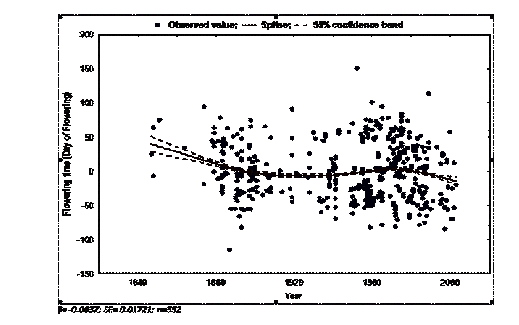Preparation of Chapter IV of India’s Biennial Transparency Report (BTR-1) and Chapter III of Fourth National Communication (4NC) Impact, Vulnerability, and Adaptation for Himalayan Ecosystem focusing on plant biodiversity
The National Action Plan on Climate Change (NAPCC), among others, recognizes the Himalayan ecosystem as vital for preserving the ecological security of the country. Also, it underlines the intense vulnerability of this ecosystem towards both anthropogenic and environmental perturbations. The sensitivity of the region is likely to be exacerbated by the impact of CC. Realizing the need, Govt. of India (GoI), through the Department of Science and Technology and the Ministry of Environment Forests and Climate Change, initiated various programmes to study the impact of climate change, vulnerability and adaptation in different Himalayan ecosystems. For instance, NAPCC sets out ‘Sustaining the Himalayan Ecosystem’ (NMSHE) as one and the only area-specific mission among the eight National Missions. This mission envisages measures for sustaining and safeguarding the glaciers and mountain ecosystems. In addition, MoEFCC has initiated the National Mission on Himalayan Studies to understand the Himalayan region more holistically. The Himalayan region is highly sensitive towards natural (e.g., climate change) and human-induced perturbations. The magnitude and consequences of the impacts of climate change and loss of biodiversity are still poorly understood. Arguably, the future of biodiversity in the region would define the future of local communities and downstream-dependent people. Therefore, understanding climate change impact, vulnerability, and adaptation in Himalayan biodiversity is urgently required to develop sound strategies for its conservation and sustainable utilization.
• Prepared and submitted chapter IV of India’s Biennial Transparency Report (BTR-1) to MoEFCC, GoI, New Delhi.
• Projected phenological using long-term herbarium data (n = 552) for 11 high-value alpine and sub-alpine medicinal herbs from IHR – indicating earlier flowering (5-8 days/100yrs; β = -0.064; SE = 0.017; p< 0.01) (Fig 1).

Figure1. Early flowering trend of 11 high-value alpine and sub-alpine medicinal plant species from IHR
Figure 2: Field observations of Bergenia ciliata focusing on plant-pollinator interactions, floral morphology, and flowering phenology conducted in Ravangla, South Sikkim
• Undertaken a comprehensive bibliometric analysis of vegetation phenology using remote sensing (1990–2024), based on >1,500 international and >150 national articles retrieved from Scopus, Web of Science, Google Scholar, and Research Gate. Phenological analysis were performed in Google Earth Engine (GEE) using MODIS 16-day composite NDVI and EVI datasets (2001 to 2024) & calculated NDVI for dry deciduous, evergreen, & subalpine forests in IHR- indicating climate-driven shifts in vegetation behaviour over time (Fig. 3).


